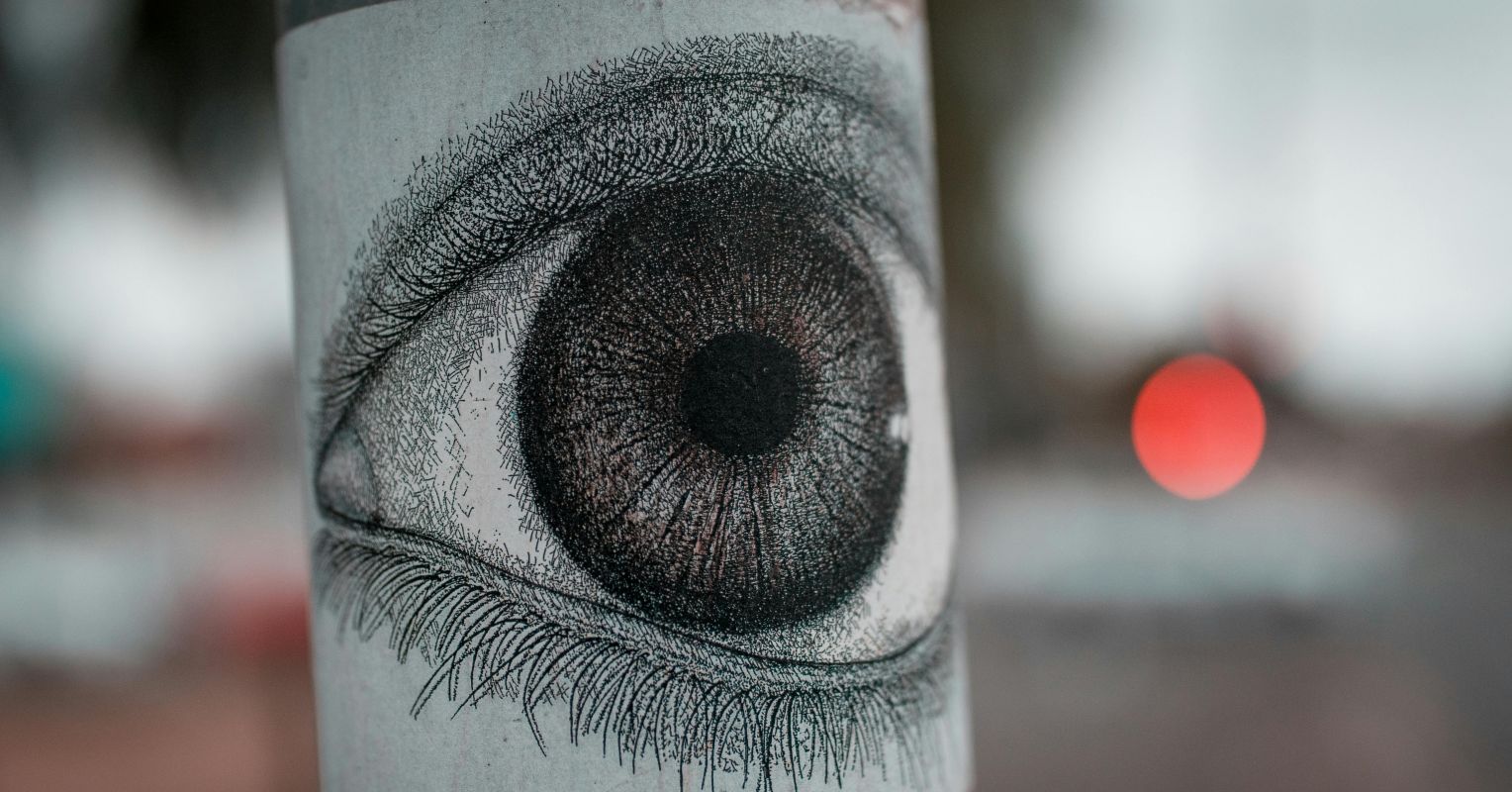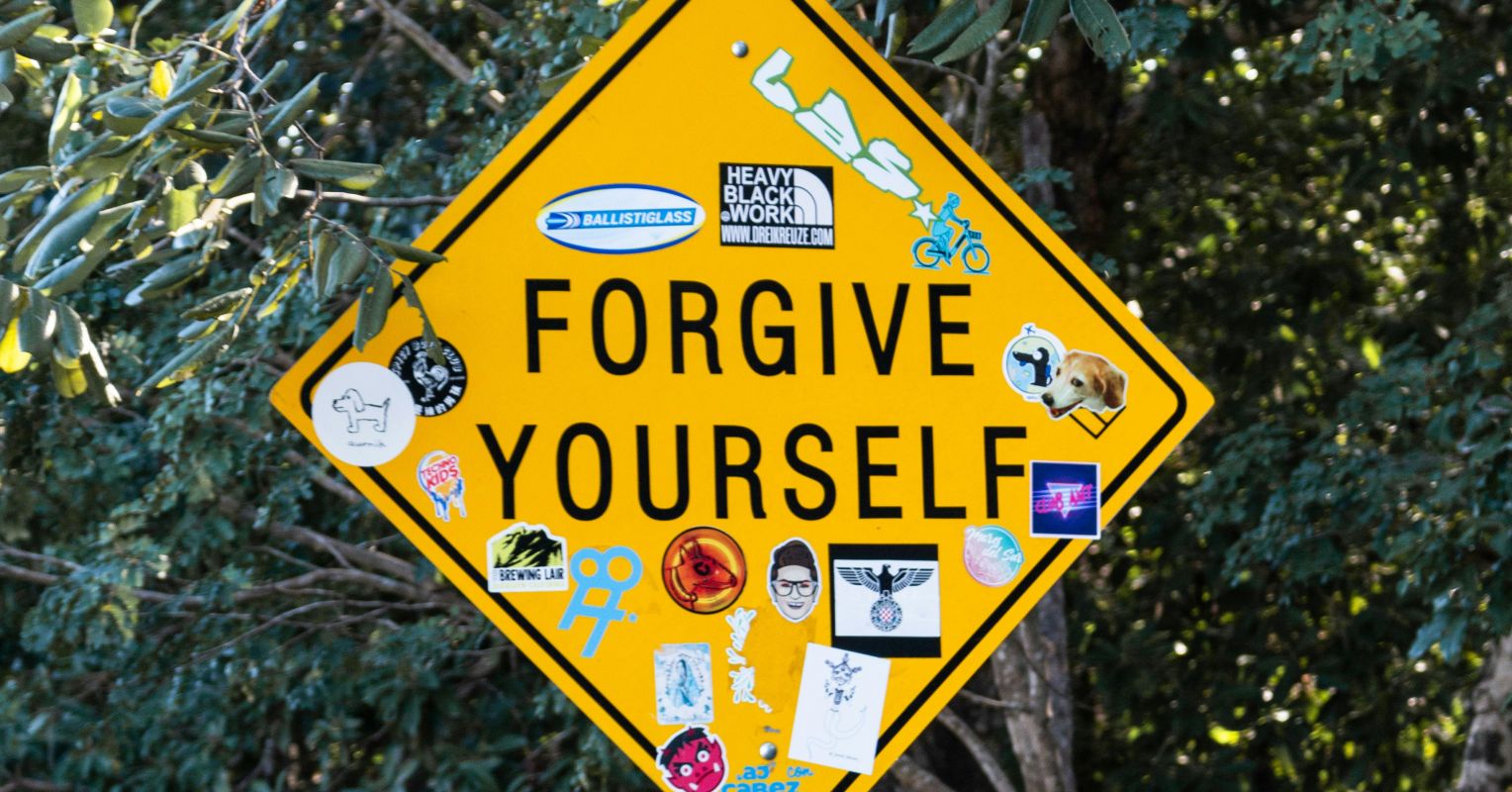Burnham, T. C., & Hare, B. (2007). Engineering human cooperation. Human Nature, 18, 88-108. https://doi.org/10.1007/s12110-007-9012-2
Bradley, A., Lawrence, C., & Ferguson, E. (2018). Does observability affect prosociality? Proceedings of the Royal Society B: Biological Sciences, 285, 20180116. https://doi.org/10.1098/rspb.2018.0116
Cai, W., Huang, X., Wu, S., & Kou, Y. (2015). Dishonest behavior is not affected by an image of watching eyes. Evolution and Human Behavior, 36, 110-116. https://doi.org/10.1016/j.evolhumbehav.2014.09.007
Dear, K., Dutton, K., & Fox, E. (2019). Do ‘watching eyes’ influence antisocial behavior? A systematic review & meta-analysis. Evolution and Human Behavior, 40, 269-280. https://doi.org/10.1016/j.evolhumbehav.2019.01.006
Ernest-Jones, M., Nettle, D., & Bateson, M. (2011). Effects of eye images on everyday cooperative behavior: a field experiment. Evolution and Human Behavior, 32, 172-178. https://doi.org/10.1016/j.evolhumbehav.2010.10.006
Haley, K. J., & Fessler, D. M. T. (2005). Nobody’s watching? Evolution and Human Behavior, 26, 245-256. https://doi.org/10.1016/j.evolhumbehav.2005.01.002
Kawamura, Y., & Kusumi, T. (2017). The norm-dependent effect of watching eyes on donation. Evolution and Human Behavior, 38, 659-666. https://doi.org/10.1016/j.evolhumbehav.2017.05.003
Matsugasaki, K., Tsukamoto, W., & Ohtsubo, Y. (2015). Two failed replications of the watching eyes effect. Letters on Evolutionary Behavioral Science, 6, 17-20. https://doi.org/10.5178/lebs.2015.36
Mifune, N., Hashimoto, H., & Yamagishi, T. (2010). Altruism toward in-group members as a reputation mechanism. Evolution and Human Behavior, 31, 109-117. https://doi.org/10.1016/j.evolhumbehav.2009.09.004
Northover, S. B., Pedersen, W. C., Cohen, A. B., & Andrews, P. W. (2017). Artificial surveillance cues do not increase generosity: Two meta-analyses. Evolution and Human Behavior, 38, 144-153. https://doi.org/10.1016/j.evolhumbehav.2016.07.001
Oda, R., & Ichihashi, R. (2016). Effects of eye images and norm cues on charitable donation: A field experiment in an Izakaya. Evolutionary Psychology, 14, 1-6. https://doi.org/10.1177/1474704916668874
Oda, R., Kato, Y., & Hiraishi, K. (2015). The watching-eye effect on prosocial lying. Evolutionary Psychology, 13, 1-5. https://doi.org/10.1177/1474704915594959
Oda, R., Niwa, Y., Honma, A., & Hiraishi, K. (2011). An eye-like painting enhances the expectation of a good reputation. Evolution and Human Behavior, 32, 166-171. https://doi.org/10.1016/j.evolhumbehav.2010.11.002
Otsubo, K., Masuda, Y., & Yamaguchi, H. (2023). “Watching Eyes” Do Not Strengthen the Behavioral Intention of Donating Blood: A High-Powered Pre-registered Replication Study. Letters on Evolutionary Behavioral Science, 14, 26-31. https://doi.org/10.5178/lebs.2023.105
Pfattheicher, S., & Keller, J. (2015). The watching eyes phenomenon: The role of a sense of being seen and public self‐awareness. European Journal of Social Psychology, 45, 560-566. https://doi.org/10.1002/ejsp.2122
Powell, K. L., Roberts, G., & Nettle, D. (2012). Eye images increase charitable donations: Evidence from an opportunistic field experiment in a supermarket. Ethology, 118, 1096-1101. https://doi.org/10.1111/eth.12011
Raihani, N. J., & Bshary, R. (2012). A positive effect of flowers rather than eye images in a large-scale, cross-cultural dictator game. Proceedings of the Royal Society B: Biological Sciences, 279, 3556-3564. https://doi.org/10.1098/rspb.2012.0758
Rigdon, M., Ishii, K., Watabe, M., & Kitayama, S. (2009). Minimal social cues in the dictator game. Journal of Economic Psychology, 30, 358-367. https://doi.org/10.1016/j.joep.2009.02.002
Rotella, A., Sparks, A. M., Mishra, S., & Barclay, P. (2021). No effect of ‘watching eyes’: An attempted replication and extension investigating individual differences. Plos One, 16, e0255531. https://doi.org/10.1371/journal.pone.0255531
Sparks, A., & Barclay, P. (2015). No effect on condemnation of short or long exposure to eye images. Letters on Evolutionary Behavioral Science, 6, 13-16. https://doi.org/10.5178/lebs.2015.35
Sparks, A., & Barclay, P. (2013). Eye images increase generosity, but not for long: The limited effect of a false cue. Evolution and Human Behavior, 34, 317-322. https://doi.org/10.1016/j.evolhumbehav.2013.05.001
Tane, K., & Takezawa, M. (2011). Perception of human face does not induce cooperation in darkness. Letters on Evolutionary Behavioral Science, 2, 24-27. https://doi.org/10.5178/lebs.2011.15




